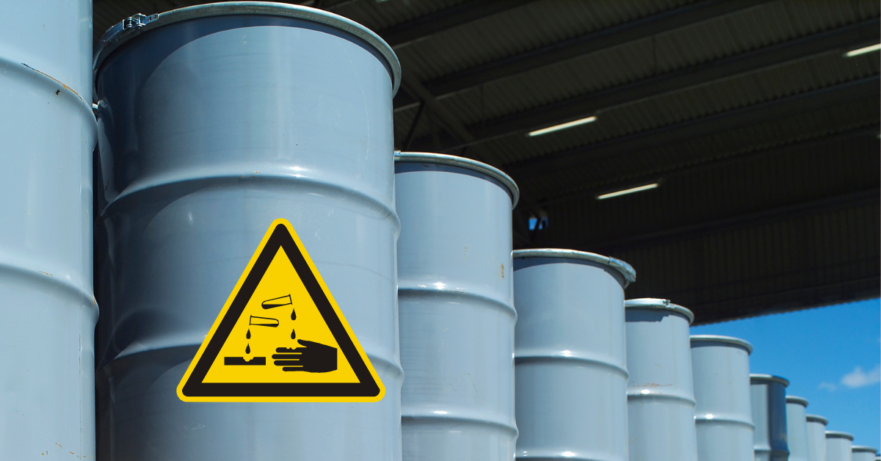There are two types of wastes – hazardous and non-hazardous. Non-hazardous waste includes garbage and sludge. You can typically find these types of wastes in roll-off containers, and they can be found in industrial, commercial, or mining industries.
When a business produces hazardous wastes, it requires removal in a safe and environmentally friendly manner. The use of drum and pail waste disposal and recycling is incredibly effective in keeping this process in order.
Hazardous waste is similar in the sense that it is composed of liquids, solids, gases, or sludge as well. These can be produced through commercial products, or various manufacturing processes. Hazardous wastes include ignitable substances, corrosive materials, reactive waste, and plenty more.
How to handle hazardous waste
When handling hazardous wastes, it differentiates from non-hazardous wastes in the aspect of what type of containers they should be placed in.
One focus when choosing which containers should be used to place hazardous waste would be to ensure that they are durable, weather-resistant, and corrosive resistant. They should also be compatible with the materials that are being stored inside of it. A lot of incidents have occurred across various industries that handle hazardous waste as a result of faulty container use.
Other requirements would include ensuring that previous materials used within the container are compatible with the materials being inserted into it currently. In order to safely store, you would need to follow all the necessary steps for labelling and keeping containers sealed to prevent contamination.
Due to handling hazardous materials, you should make sure that the storage area is safe, and far away from any potential harm. Non-hazardous waste will still require an excess amount of caution given the possibility of risking ignition, reactivity, or contamination.
How to handle hazardous waste drums
When handling waste, plastic and steel drums are typically used to store and transport different oils. In many instances, empty oil drums can be classified as hazardous waste if there is a chance to cause potential harm towards human health. This tends to happen when the waste inside can be classified as hazardous, which as a result turns the drum itself into a hazard as well.
Sometimes the hazardous waste inside the barrel can contaminate the plastic and steel, and leave behind dangerous residue that can harm both the newer materials being inserted into the barrel, and the people interacting with it.
When dealing with non-hazardous waste, the empty oil drums can be disposed of as any other waste would be. You can simply take it to a local landfill site, or have it become recycled or redisposed of.
Hazardous wastes are not something to be taken lightly, given how mismanagement of their disposals can cause lasting illness and even potentially worse if not disposed of carefully. Owners of businesses can experience being fined, and also possibly face jail time for negligence if they don’t follow local regulations.
How to transport hazardous waste drums
When handling drums containing hazardous waste or chemicals for disposal, they are made of steel or polyethylene.
When using steel drums, they are often utilized for when you would need strength for projects that are of the utmost importance for your company. Polyethylene on the other hand are normally half the weight and price of steel drums, which is extremely useful when considering factors such as shipping costs and other expenses.
When attempting to get hazardous waste offsite, you also must ensure that the containers are labelled correctly and show the company’s name, as this is required by international standards.
Want to learn more?
When handling the disposal and collection of hazardous waste, it is understandable to find that certain procedures can be at times very challenging. However, it is still crucial to handle the requirements by the guidelines, given the dangers associated with these high-risk materials.
Understanding how to label and classify the types of waste your company is taking care of, along with deciphering which ones are hazardous and non-hazardous are all important steps to the waste drum disposal process.
To learn more about how to properly conduct these practices efficiently, visit our website and discover new and improved ways on how to dispose or recycle your hazardous waste. Or, alternatively, contact us today. Our team of hazardous waste and recycling specialists would love to help build a process that works for you.

